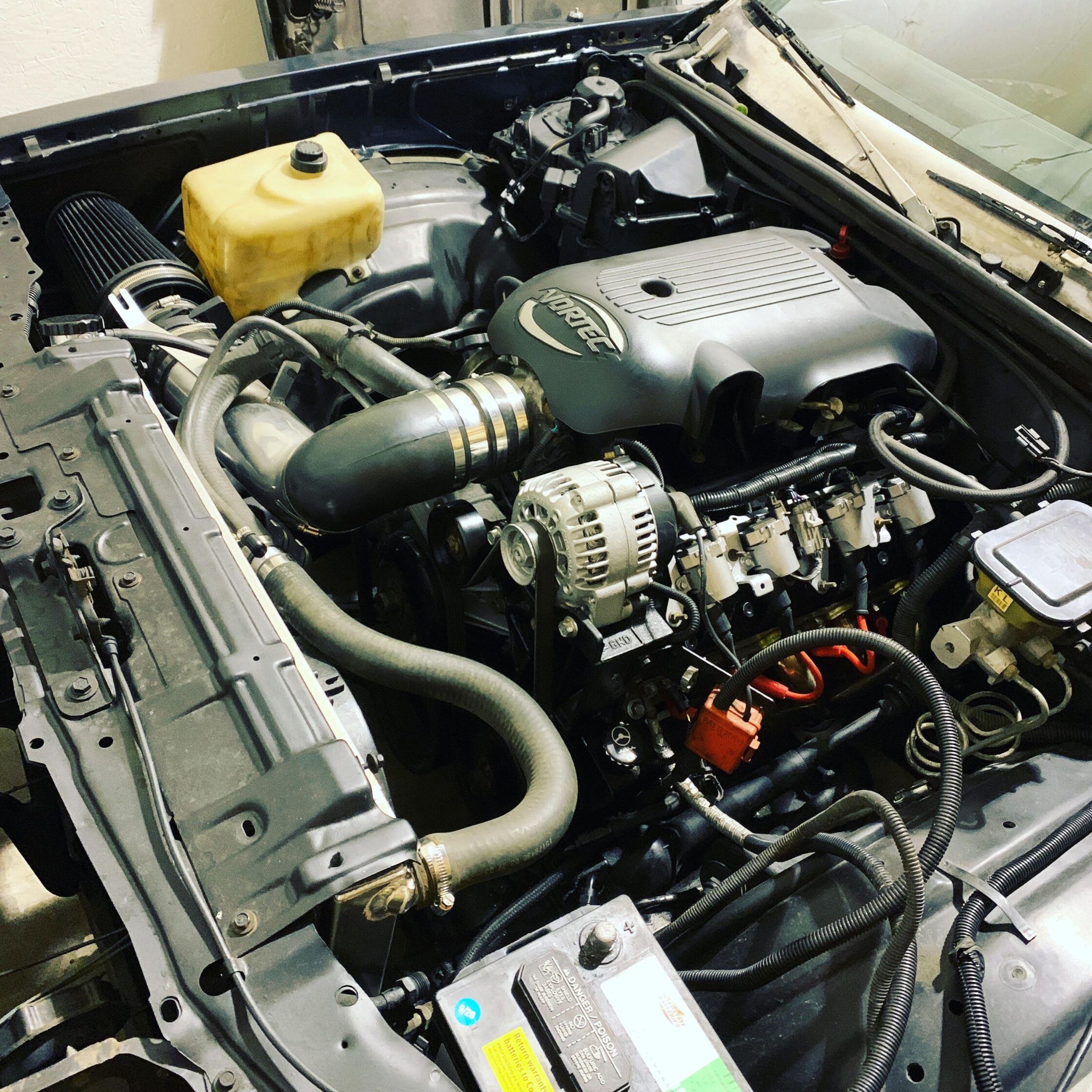Welcome to our LS swap car blog, where we focus on GM G-body vehicles! In this post, we’ll be giving an overview of what an LS swap is, why it’s popular among G-body enthusiasts, and some tips for those of you who are considering doing one yourself.
An LS swap is the process of replacing the original engine in a G-body vehicle (such as a Monte Carlo or Grand National) with a modern LS engine, typically from a late-model GM truck or SUV. The LS engine, which stands for “LS” for “Luxury Sport” and was first introduced in 1997, is known for its high power output and efficiency, making it a popular choice for car enthusiasts looking to boost the performance of their G-bodies.
There are many reasons why G-body enthusiasts choose to do an LS swap. For one, the LS engine is significantly more powerful than the original engine, which means a noticeable increase in performance. Additionally, the LS engine is more efficient, which can result in better fuel economy and longer engine life. And because LS engines are still in production, they are widely available and relatively affordable.
When it comes to doing an LS swap yourself, there are a few things to keep in mind. First, you’ll need to choose the right LS engine for your G-body. This will depend on your budget and the level of performance you’re looking for. Second, you’ll need to gather all of the necessary parts and tools. This can include things like engine mounts, wiring harnesses, and a computer to control the engine. Finally, you’ll need to have a good understanding of car mechanics and be comfortable working on your vehicle.
Overall, an LS swap is a great way to boost the performance of your G-body and give it a new lease on life. Just be sure to do your research and have the right tools and knowledge before diving in.
Thanks for reading, and stay tuned for more posts on all things G-body and LS swap-related!


